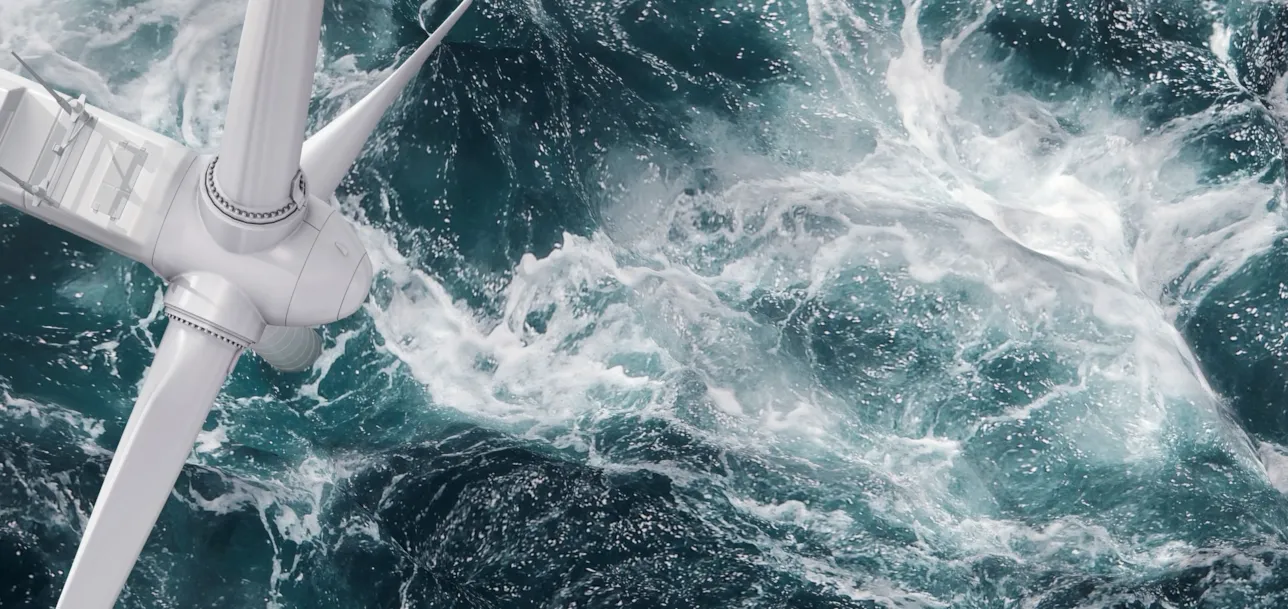The Transition Faster Conference: Let's Talk Wind
Global experts in wind energy tackle challenges together
Today, we are still a way from delivering on the climate goals of the Paris Agreement, with CO2 emissions decline being nowhere fast enough. Scaling up existing and new technologies, investment and policy are key to achieving these goals and to ensuring a clean energy future.
Wind energy is vital to the energy transition but to deliver on its vast potential we need to forcefully deploy and continue to develop technology at scale and at speed, and we need huge investment, favourable policies and regulation to support.
Join us for this dynamic and fast-paced global virtual wind conference. Hear from C-Suite speakers and thought leaders from across the supply chain on topics that will accelerate the energy transition. Meet the experts who will help you and me to transition faster.
Over three half days, we will exchange ideas and solutions around three key pillars:
Day 1: Market opportunities
Day 2: Asset optimization and life cycle management
Day 3: Integration and sector coupling
This new virtual conference is the first of The Transition Faster Conference series and will comprise dynamic sessions as well as ‘meet the experts’ break-out meetings.
Pre-register your interest to attend by clicking on the ‘REGISTER’ button. Let’s Talk Wind. Together.
*Each session will be followed by a 'Meet the Experts' (30-mins) once the Q & A has ended. DNV GL reserves the right to accept or refuse participants to the Meet the Experts part of the session.
Today, we are still a way from delivering on the climate goals of the Paris Agreement, with CO2 emissions decline being nowhere fast enough. Scaling up existing and new technologies, investment and policy are key to achieving these goals and to ensuring a clean energy future.
Wind energy is vital to the energy transition but to deliver on its vast potential we need to forcefully deploy and continue to develop technology at scale and at speed, and we need huge investment, favourable policies and regulation to support.
Join us for this dynamic and fast-paced global virtual wind conference. Hear from C-Suite speakers and thought leaders from across the supply chain on topics that will accelerate the energy transition. Meet the experts who will help you and me to transition faster.
Over three half days, we will exchange ideas and solutions around three key pillars:
Day 1: Market opportunities
Day 2: Asset optimization and life cycle management
Day 3: Integration and sector coupling
This new virtual conference is the first of The Transition Faster Conference series and will comprise dynamic sessions as well as ‘meet the experts’ break-out meetings.
Pre-register your interest to attend by clicking on the ‘REGISTER’ button. Let’s Talk Wind. Together.
*Each session will be followed by a 'Meet the Experts' (30-mins) once the Q & A has ended. DNV GL reserves the right to accept or refuse participants to the Meet the Experts part of the session.
